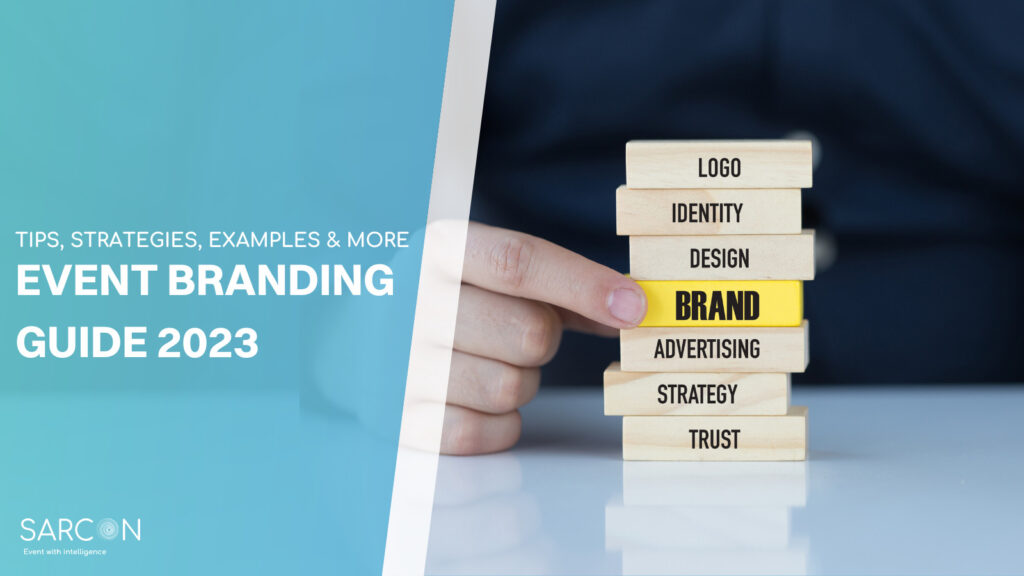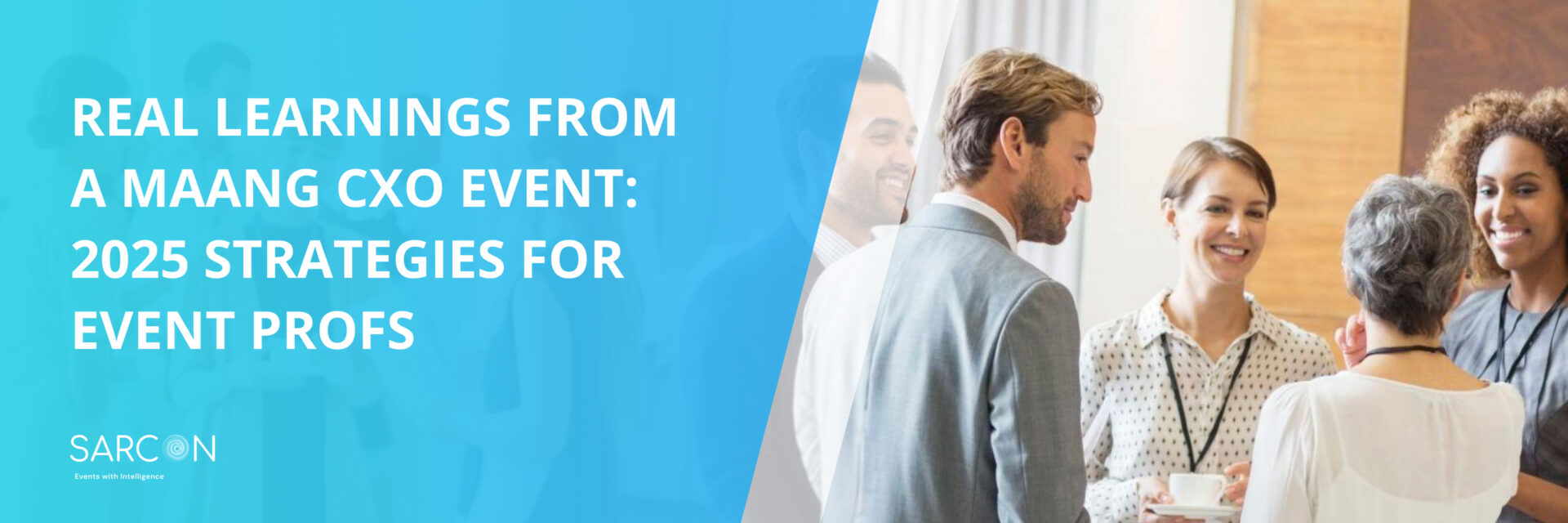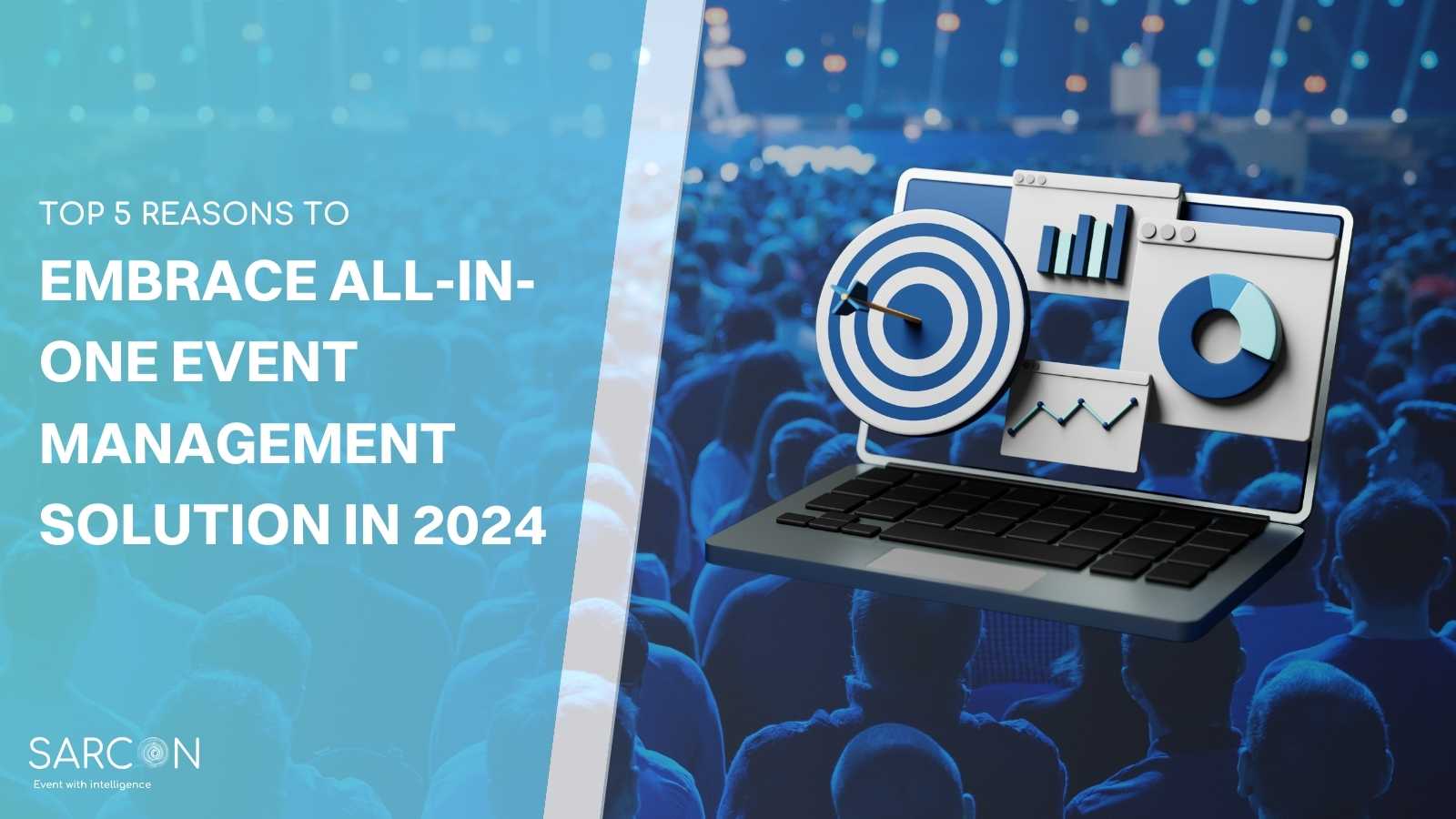Event branding is an essential element in the planning and execution of any successful event. Whether you’re organizing a corporate conference, a music festival, a wedding, or a charity fundraiser, branding plays a crucial role in creating a memorable and impactful experience for your attendees. In this comprehensive guide, we’ll delve into everything you need to know about event branding, from its definition and importance to practical tips and examples.
What is Event Branding?
Event branding refers to the strategic process of creating a unique and consistent identity for an event. It encompasses various elements, including visual design, messaging, and overall atmosphere, to establish a cohesive and memorable experience for attendees. Event branding goes beyond just creating a logo; it’s about crafting a narrative that resonates with your target audience, setting the tone for the event, and creating a lasting impression.
The Importance of Event Branding
- Differentiation: In a crowded event landscape, branding helps your event stand out. It distinguishes your event from others and conveys its unique value proposition.
- Consistency: Event branding ensures that all aspects of your event align with a central theme or message. This consistency creates a seamless and enjoyable experience for attendees.
- Memorability: A well-executed event brand is memorable. It leaves a lasting impression on attendees, making them more likely to remember and talk about your event.
- Attracting Sponsors and Partners: Strong branding can attract sponsors and partners who want to align themselves with your event’s values and image.
- Building Trust: A cohesive and professional brand instills trust in your attendees, sponsors, and stakeholders, indicating that your event is well-organized and reputable.
Event Branding Elements
- Event Logo: Your event logo is the visual centerpiece of your branding. It should be unique, easily recognizable, and reflective of your event’s theme or purpose.
- Color Palette: Choose a color scheme that aligns with your event’s message and appeals to your target audience. Consistently use these colors across all materials and decor.
- Typography: Select fonts that are legible and resonate with your event’s tone. Use them consistently in all written materials.
- Imagery: High-quality images and graphics that reinforce your event’s message can be powerful branding tools. These can include photos of past events, illustrations, or custom graphics.
- Tagline or Slogan: A catchy and concise tagline can encapsulate your event’s essence. It should be memorable and reflective of your event’s purpose.
- Website and Online Presence: Create a dedicated event website that incorporates your branding elements. Utilize social media platforms to promote your event consistently.
- Promotional Materials: Design promotional materials such as flyers, posters, and brochures that incorporate your branding elements. Ensure a consistent look and feel.
- Signage and Decor: Use your branding in event signage, banners, and decor to create a cohesive visual experience for attendees.
- Merchandise: Consider producing branded merchandise such as t-shirts, hats, or tote bags that attendees can purchase or receive as giveaways.
- Content and Messaging: Craft compelling and consistent messaging that aligns with your event’s brand. This includes event descriptions, press releases, and social media posts.
Event Branding Strategy
- Define Your Brand Identity: Start by identifying your event’s mission, values, and unique selling points. This foundation will inform your branding decisions.
- Know Your Audience: Understand your target audience’s preferences, interests, and demographics. Tailor your branding to resonate with them.
- Research and Inspiration: Study successful event brands, both within and outside your industry, for inspiration. What elements make their branding effective?
- Collaborate with Professionals: Consider working with graphic designers, copywriters, and branding experts to ensure a polished and cohesive brand identity.
- Consistency is Key: Maintain consistency across all branding materials and touchpoints. This includes online and offline channels.
- Feedback and Iteration: Collect feedback from attendees and stakeholders after each event. Use this input to refine your branding for future events.
Event Branding Examples
- Coachella: The Coachella Valley Music and Arts Festival has a distinct and instantly recognizable branding with its vibrant colors, iconic ferris wheel, and bohemian aesthetic. This consistency has helped it become one of the world’s most famous music festivals.
- TED Talks: TED’s branding is minimalist and sophisticated, with its signature red background and simple logo. It reflects the organization’s commitment to spreading ideas worth sharing.
- Apple Product Launches: Apple’s product launch events are a masterclass in branding. Their sleek, minimalist design and carefully chosen words create anticipation and excitement.
Conclusion
Event branding is a powerful tool for creating a unique, memorable, and successful event. By carefully crafting your event’s identity and consistently applying it across all touchpoints, you can leave a lasting impression on attendees, attract sponsors, and build a strong reputation within your industry. Remember that event branding is not a one-time effort but an ongoing process of refinement and adaptation to meet the changing needs and expectations of your audience. With the right strategy and creativity, your event can leave a lasting mark in the minds and hearts of all who attend.
FAQs
What role does storytelling play in event branding?
Storytelling helps create an emotional connection with attendees. It allows you to communicate the event’s purpose, history, and significance, making it more appealing and relatable.
Why is consistency important in event branding?
Consistency ensures that your event is easily recognizable and memorable. When attendees encounter your branding elements repeatedly, they are more likely to remember and engage with your event.
How can I use social media effectively for event branding?
Engage with your audience by regularly posting content related to your event. Create and promote a unique event hashtag to encourage attendee participation and sharing. Interact with attendees’ posts to foster a sense of community.
What are some creative ways to enhance the event’s atmosphere?
Consider incorporating elements like themed decorations, interactive installations, or immersive experiences that align with your event’s branding. Consult with event designers or decorators for expert guidance.
How do I measure the success of my event branding efforts?
Success can be measured through attendee feedback, social media engagement, and post-event surveys. Analyzing these metrics can provide valuable insights for future event branding endeavors.



